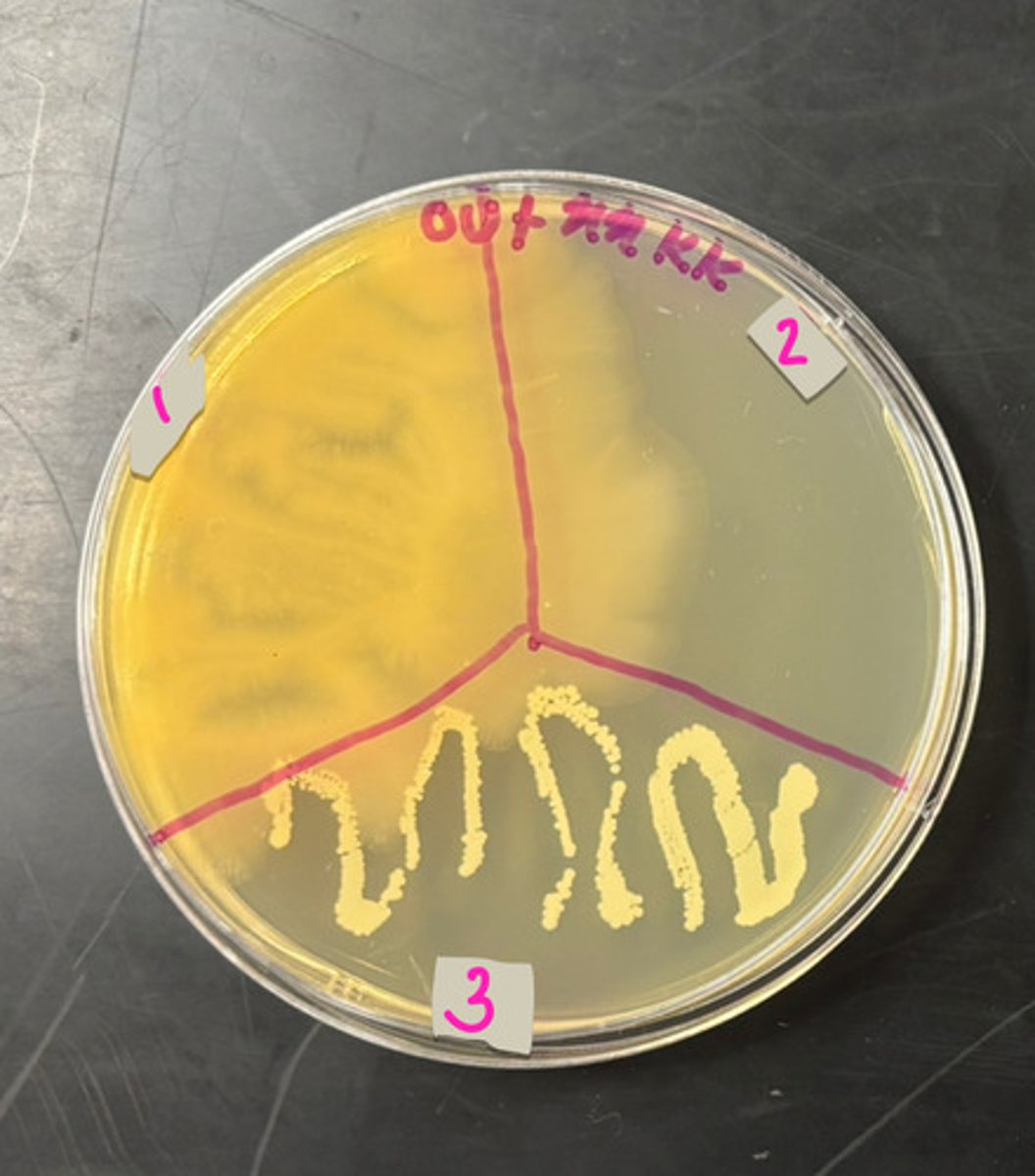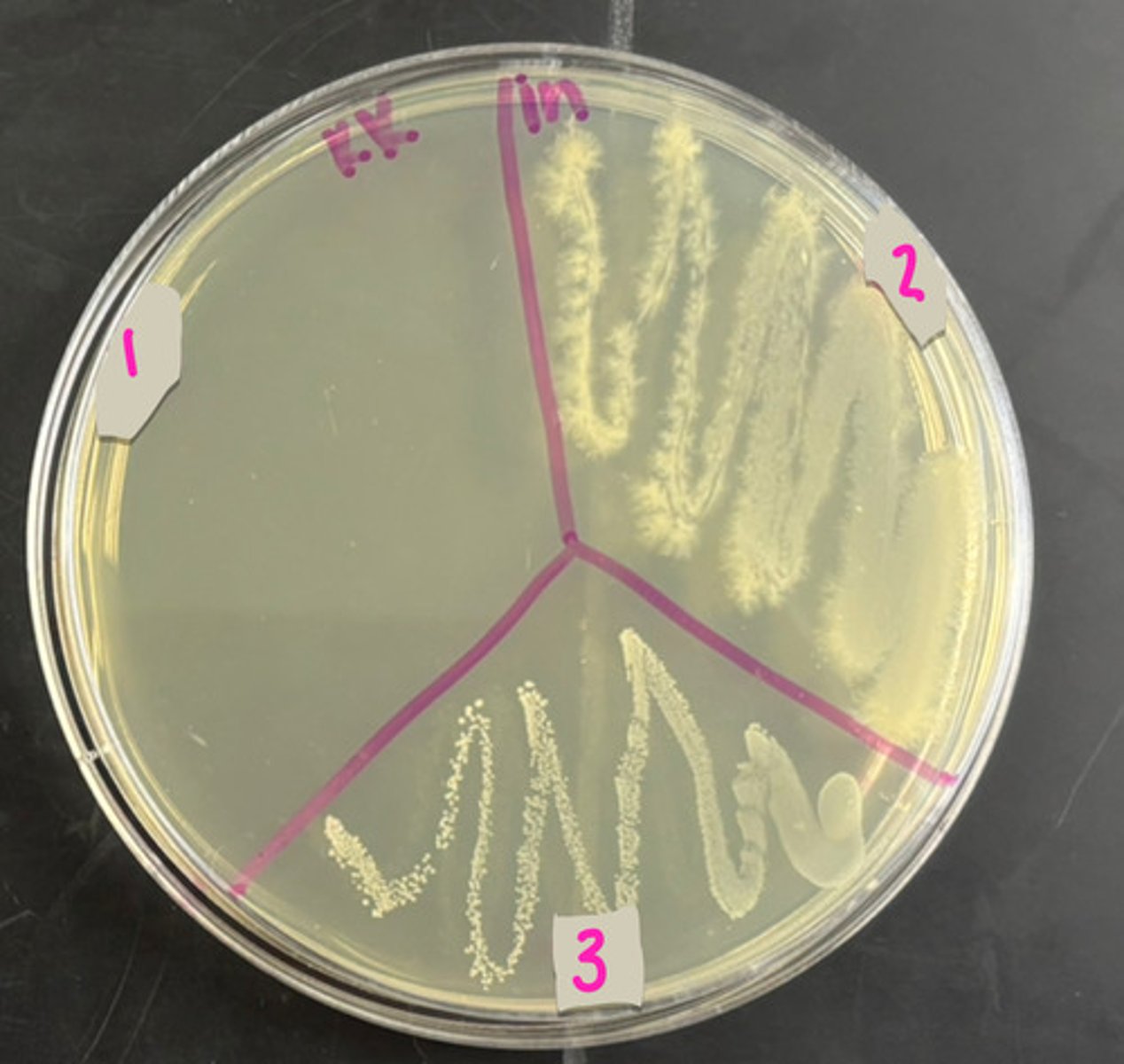Chapter 2-7: Study of Anaerobic Jars and Microbial Growth in Economics
1/12
There's no tags or description
Looks like no tags are added yet.
Name | Mastery | Learn | Test | Matching | Spaced |
|---|
No study sessions yet.
13 Terms
to study obligate anaerobes, microaerophiles, and capnophiles
what are anaerobic jars used for
microbe that thrives in high CO2 concentration
what is a capnophile
BD GasPak EZ Anaerobic Jar system
what kind of anaerobic jar did we use
- ascorbic acid (Vitamin C) reacts with O2 gas to form dehydroascorbic acid and water (resulting in <1% O2 in the sealed jar)
- ascorbic acid goes from reduced state to oxidized state taking the O2 has out of the atmosphere of the jar
- GasPak contains inorganic carbonate which reacts to produce 13% CO2
describe how the BD GasPak EZ Anaerobic Jar system works
21% O2 and 0.04% CO2
state the concentrations of O2 and CO2 in the air we breathe
no it is non-catalytic
is the jar system catalytic?
oxyrase method - oxyrase is an enzyme that breaks down O2
give an example of a catalytic anaerobic jar system
methylene blue (we used this) and resazurin
give 2 examples of redox indicators used for anaerobic jars
- they are colorless when reduced and turn a color (methylene blue - blue, resazurin - pink) when oxidized
- placed as strips inside the anaerobic jar as experimental controls
state how methylene blue and resazurin work as redox indicators
Camplyobacter jejuni
what is the name of the pathogenic microaerophile that is a capnophile
Mannheima succiniciproducens - a bovine ruminant microbe (lives in the rumen of animals that chew cud such as cows or sheep)
what is the only microbe known that is an obligate capnophile
1. Alcaligenes faecalis because it has the most growth (obligate aerobe)
2. Clostridium sporogenes because there is no growth (obligate anaerobe)
3. Staphylococcus epidermidis because there is some growth (facultative anaerobe)
outside of jar:
give what microbe each number represents and why

1. Alcaligenes faecalis because there is no growth (obligate aerobe)
2. Clostridium sporogenes because there is lots of growth (obligate anaerobe)
3. Staphylococcus epidermidis because there is some growth (facultative anaerobe)
inside of jar:
give what microbe each number represents and why
